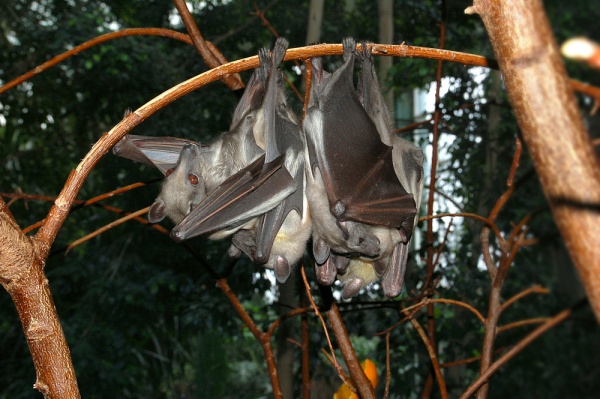Facts About Straw-coloured fruit bat
The straw-colored fruit bat is a captivating and sizable species of fruit bat found across sub-Saharan Africa and the southwestern Arabian Peninsula. Sadly, it is currently listed as Near Threatened on the IUCN Red List due to a declining population. These bats are notable for their remarkable migratory behaviors, forming massive colonies that can number in the millions, particularly during their annual migration to Kasanka National Park in Zambia.
In terms of appearance, these bats possess yellowish-brown necks and backs with tawny olive undersides. Their exterior is straw-colored and goes well with black wings and pale tawny dorsal hair. Males typically exhibit a bright orange hue, while females display a yellowish tone. They are characterized by large cheeks, eyes, and ears, with an average weight ranging between 8 to 12 ounces and a body length from 5.7 to 9 inches.
Straw-colored fruit bats are profoundly social creatures, living in groups that can exceed 100,000 individuals, sometimes even reaching a million. They play a crucial role in their ecosystems by pollinating flowers and dispersing seeds, particularly for the African teak tree.
In the wild, their diet includes bark, flowers, leaves, nectar, and fruits. In captivity, they are usually fed a variety of fruits. These bats are known for returning to the same feeding grounds annually. Their mating season runs from April to June, with births occurring in February and March after a period of delayed implantation.
These bats are widely distributed throughout Africa and prefer roosting in tall trees in forest and savanna zones, as well as urban areas, at altitudes up to 2,000 meters. However, they face significant threats from hunting, especially for bushmeat in West and Central Africa. In southern Ghana alone, an estimated 128,400 straw-colored fruit bats are traded annually.

 Mozambique
Mozambique